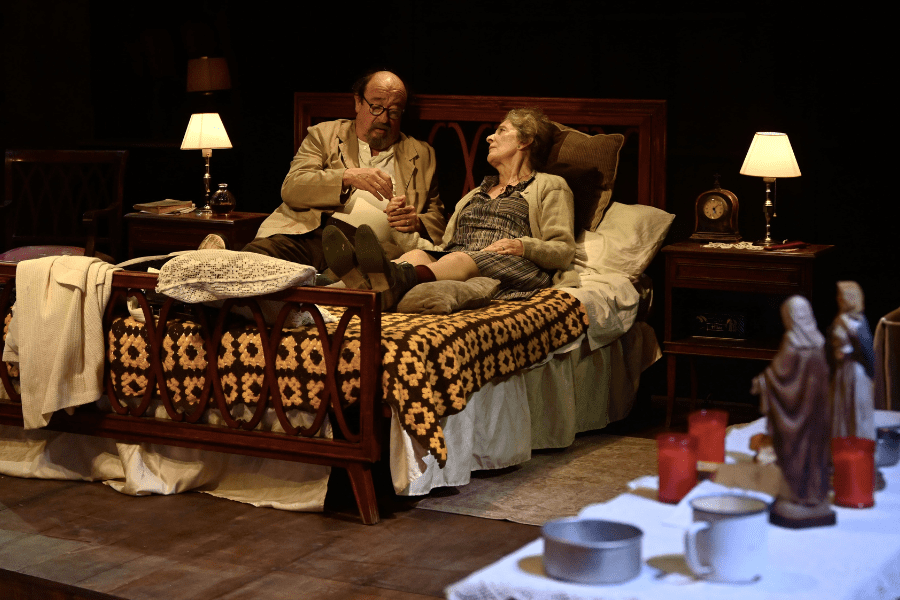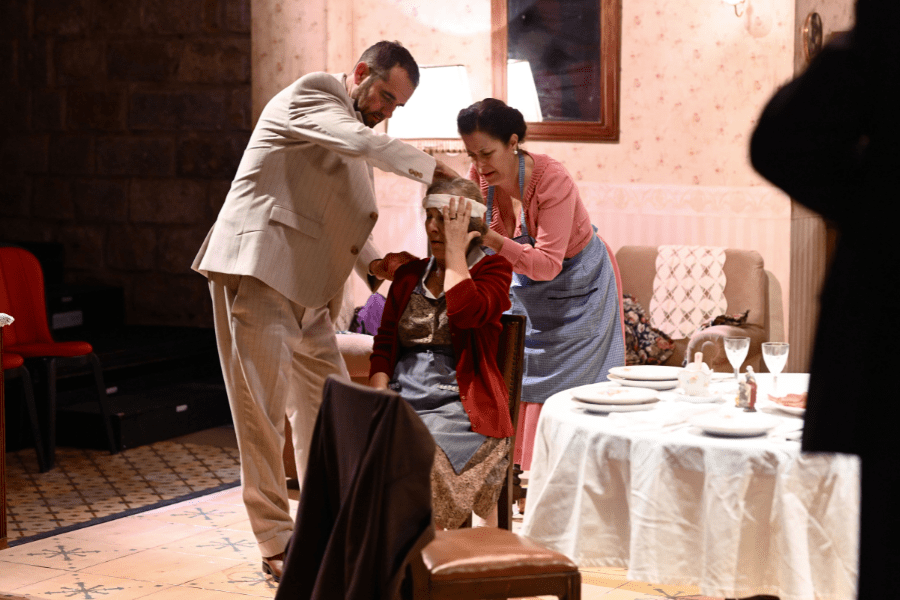
Neapolitan nativity scene, Catalan tradition – Revista Teatre Barcelona
It would be too much to suggest that Eduardo De Filippo he is almost a Catalan playwright, but it is true that his way of understanding the family, human fragility and comedy finds a fitting mirror in our regions. Maybe that’s why Natale in Casa Cupiello takes root in Barcelona with a commanding naturalness. The Pearl 29 i Oriol Broggi they offered us the adaptation of the title for the first time in 2010 and brought it back in 2012; this year it’s back turned into a Christmas claim, quite a wildcard in the repertoire.

A city of excesses and stunning beauty, Naples shares with Barcelona a way of understanding domestic chaos and the tenderness that imperfect families hide. Released in 1931, Natale in Casa Cupiello it begins like a traditional sainet: a modest home, its miseries and a father obsessed with the perfection of his nativity scene, a Neapolitan ritual but also a tradition very much alive in Catalan culture. It is not surprising, therefore, that this work is close to us due to its purely Mediterranean popular character. The construction of Luca, the tender and clumsy patriarch, demands an actor who masters a comic register between farce and vulnerability—as Pepe Cruz knows how to embroider in the version of La Perla—, an archetype that would fit like a glove in the best tradition of our humor, which goes from Joseph Santpere up to Capriand that the same John Pear still represents today.
The proximity of the customs makes it possible to imagine the action easily transferred to any Catalan dining room of the mid-20th century: parents clinging to immutable traditions, children who aspire to social ascension and a home that becomes a vaudeville of doors that open and close incessantly. It is an early work, yes, but one that catapulted the De Filippo brothers’ company to mass recognition. The comedy is written with an apparent simplicity that already contains the constants of the Filipino style: psychological precision, humanism and a social sensitivity that never falls into the sermon. The author refined his theater until it became an international benchmark without ever renouncing localism, the living language or the emotional power. Examples are other famous works such as This ghost! (1946)—also in the repertoire of La Perla—i The art of comedy (1964), which the TNC assembled a decade ago.

Why is the Cupiello dinner so familiar to us? Because we sense there the trace of what could have been our own stage tradition if it had not been interrupted, that of Santiago Rusiñol i Ignatius Iglésias. If we think of Barcelona before the War – with a theater of popular characters and audiences – we will understand this affinity even more. According to Broggi, the work has not been “Catalanized” and “nor is it missing”, because it appeals to us in the same way from its original frame. Not without reason, the Valencian company’s version of the Micalet Theatre treasure six consecutive Christmas seasons. Valencia is also quite Neapolitan.
Maybe that’s why, when we attend Natale in Casa Cupiello we have the feeling that the long via Spaccanapoli continues and connects with Carrer Nou de la Rambla or Carretera de Sants. That, despite the distance, we share an almost identical way of making a fuss, of setting up the nativity scene.
More information, images and tickets:








